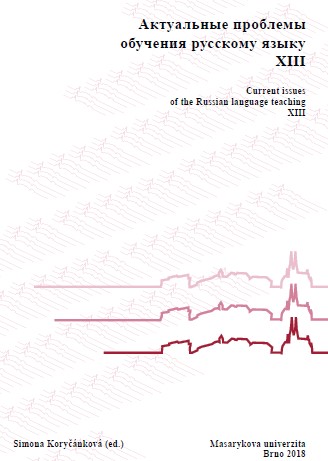БОЛГАРСКИЕ И РУССКИЕ ОБРАЗНЫЕ СРАВНЕНИЯ, ОТРАЖАЮЩИЕ ПОВЕДЕНИЕ ЧЕЛОВЕКА И УМЕНИЕ ВЕСТИ СЕБЯ В ОБЩЕСТВЕ
BULGARIAN AND RUSSIAN FIGURATIVE COMPARISONS, REFLECTING HUMAN BEHAVIOR AND THE ABILITY TO BEHAVE IN SOCIETY
Author(s): Radostina Stoyanova
Subject(s): Comparative Linguistics, Sociolinguistics, Eastern Slavic Languages, Behaviorism
Published by: Masarykova univerzita nakladatelství
Keywords: zoomorphic figurative comparisons; zoonime; Bulgarian and Russian linguocultures; behavior; ability to behave in society;
Summary/Abstract: This paper presents the results of a comparative analysis of zoomorphic figurative comparisons of the Bulgarian and Russian languages, reflecting human behavior and the ability to behave in society. Similarities and differences in pattern images in the two linguocultures has been considered. Similarities and coincidences of the pattern images in the Bulgarian and Russian languages are the reflection of the similarity of thinking, observation and rethinking of reality by the representatives of the Bulgarian and Russian linguocultures. Zoomorphic images, found only in one of the two languages, are the result of historical, geographical, cultural and other features of the native speakers. Zoomorphic images that differ in national specifics, embodied in the minds of the native speakers in the form of patterns and reflecting the national perceptions of the surrounding world, are represented in the pattern (right) parts of zoomorphic figurative comparisons. They form the ethnocultural originality of the comparative construction.
Book: Актуальные проблемы обучения русскому языку XIII
- Page Range: 396-402
- Page Count: 7
- Publication Year: 2018
- Language: Russian
- Content File-PDF

